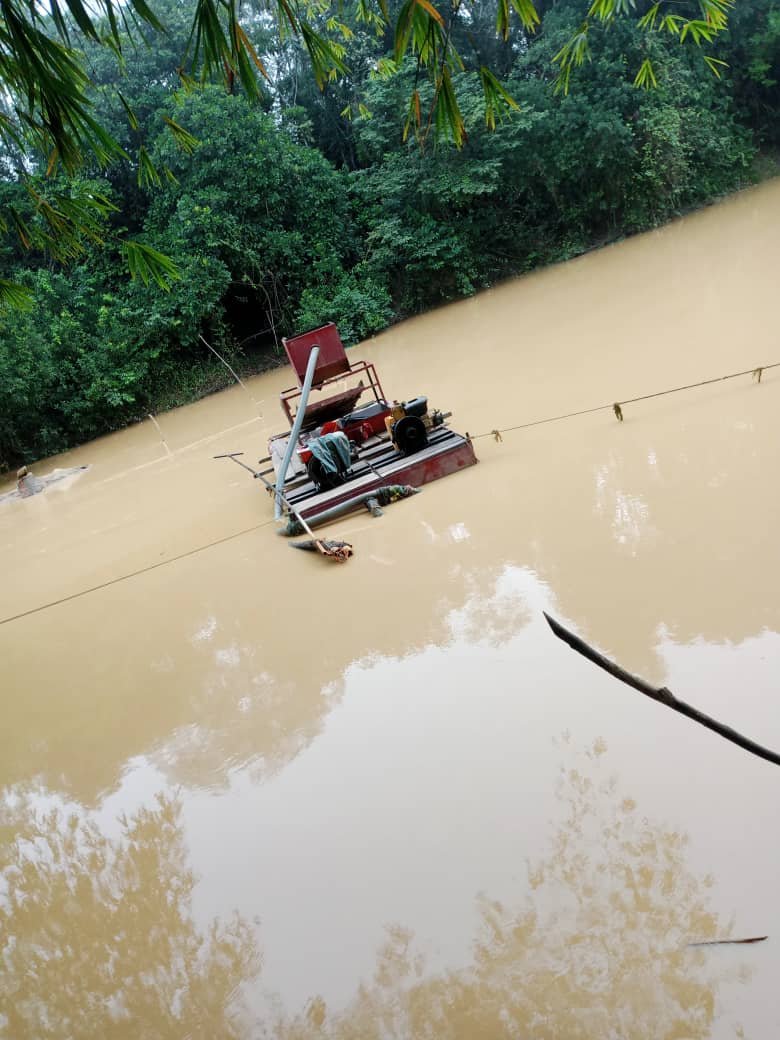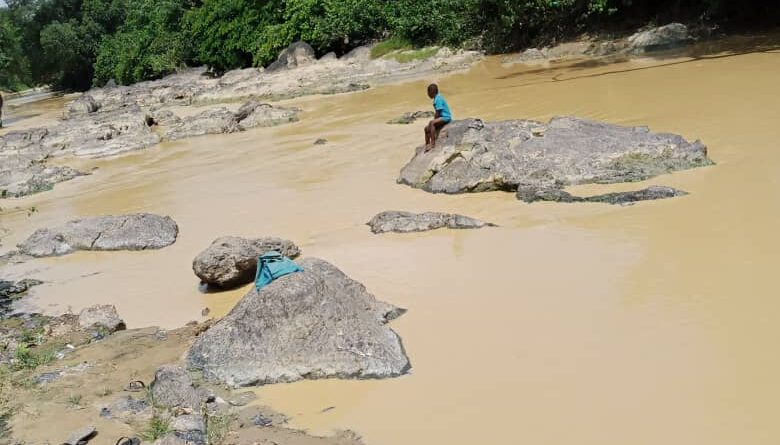Toxic truth of Bonsa River: urgent call for action as Ghana’s water turns dangerous- a publication by Gerheart Ashong

Bonsa River pollution crisis now threatens public health in Ghana. New research exposes alarming contamination levels.
Researchers assessed the river’s water quality, health risks, and pollution sources using scientific analysis (https://doi.org/10.1016/j.envc.2024.101078).
Why Bonsa River water is dangerous
The river’s water is acidic. Levels of Pb, Hg, Cr, As, Fe, and bacteria exceed safety limits.
Illegal mining, poor sanitation, and geological runoff are the main sources of pollution.
Health risks rise for children and communities
Children are most at risk from oral exposure to toxic elements like arsenic and lead.
The study shows carcinogenic risks above 10⁻⁴ and non-carcinogenic risk indices greater than 1.
Ecological index shows river’s collapse
Pollution and ecological indices classify Bonsa River as severely contaminated and highly ecologically sensitive.
Water is unfit for domestic, irrigation, or industrial use.
Multivariate analysis tracks pollution sources
Multivariate analysis in the study identified pollution as stemming from illegal mining, waste dumps, and open defecation near the river.
These activities transport toxic elements downstream, worsening exposure levels.
📣 Call to action: protect Bonsa River now
Speak up for environmental justice. Pressure authorities to regulate illegal mining and improve waste disposal practices.
💡 Take-home message: urgent reforms needed to save Ghana’s rivers
- Bonsa River pollution crisis reveals dangerous health risks.
- Children are highly vulnerable to toxic exposure.
- Illegal mining and poor sanitation drive contamination.
- Multivariate analysis confirms multiple pollution sources.
- Ghana must act now to restore water safety.





